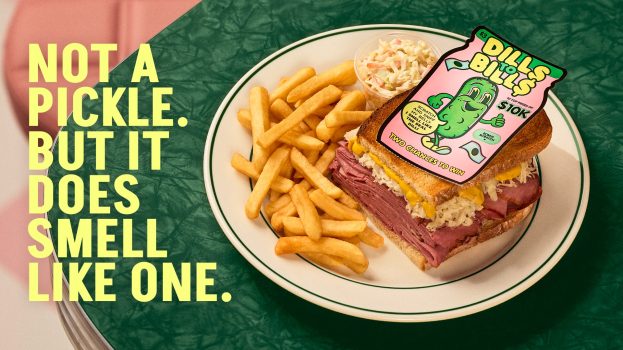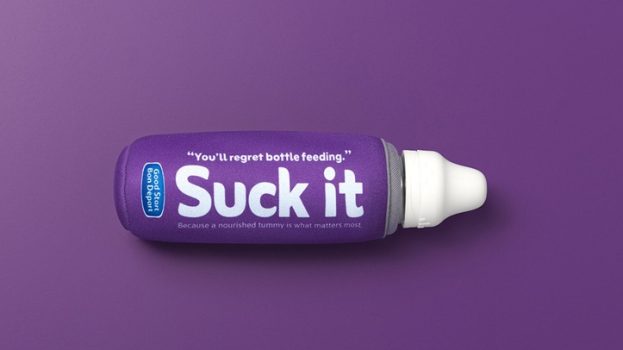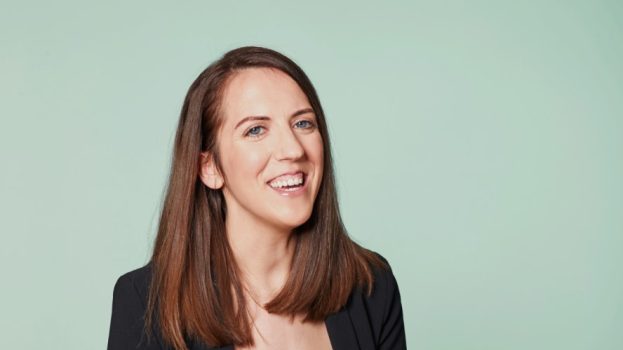After spending a half dozen years at Coca-Cola’s headquarters in Atlanta, Toronto native Pina Sciarra decided it was time to return home. ‘I missed Tim Hortons,’ she quips.
Sciarra was recently anointed VP consumer marketing for Coca-Cola Canada, a position that will see her manage all the brands in the soft drink manufacturer’s portfolio, including Minute Maid.
With lots of experience stateside, this new post shouldn’t be a difficult transition for the marketer. Initially hired as senior brand manager for the U.S. Sprite business in June 1997 – where she helped propel Sprite to number-one soft drink status among teens – Sciarra was promoted to director of youth brands in 2001 and then VP, consumer marketing for Beverage Products Worldwide in the Americas.
At BPW, a joint venture with Nestlé, she worked on Nestea, Mad River and Tey and learned to ‘go stronger and faster with innovation.’ For instance, under her guidance BPW launched the first ready-made tea in Mexico.
What’s different about working in Canada versus the U.S.?
Working in Canada allows you to be more of a general manager, so you can understand the total business. In the U.S., you might have one business unit, with fewer brands. Here you have the whole portfolio. That’s why Canadian marketers tend to do well, because they’re touching all points of the business.
How has the Canadian landscape changed while you’ve been away?
There are probably fewer marketing organizations. If you look at [some companies], they’re now operating out of the U.S. I think that can get dangerous. You have to be close to Canadian consumers, even if you are borrowing [advertising] from the U.S.
What are the biggest trends influencing your business today?
Categories like water and isotonics are growing rapidly because of the health and wellness trend. That’s going to affect our carbonated soft drink business. We have to get smarter about our offerings. Product innovation, even within carbonated soft drinks, will be key. There will be category growth in diets, potentially [targeting] a younger age, as well as ‘light’ products, including juices.
What will Coca-Cola Canada focus on going forward?
We need to be sure that what we put out there is needed and based on strong consumer insight. [As discussed], there’s a need for more nutritionally beneficial products. Also we’re looking at unique packages, because innovation is not just about new products. It’s about optimizing what we already have.
There are two other mega-trends – one is ethnicity. Sixty per cent of Canadian immigrants are Asian and Canada is very diverse. It makes it harder for a marketer, but understanding that and being more effective in communicating to those groups, is a golden opportunity.
Also, the aging population is more dramatic here than in the U.S. They have a boomlet [south of the border], so there is an increase in younger kids 0 to 16. Here that group is actually in decline. That has implications, because the older consumer is the one actually [acting on] health and wellness. We will be much more focused on life stages [in the future], even though most of our consumption still comes through youth.
What processes have you transferred from your old job to your new one?
We’re about to kick off ‘think tanks,’ which will bring people together cross functionally. It’s a way to get other people in the room, because it takes more than marketers to solve business problems. This is something I did in the U.S. that worked well. For the first time, we will have an innovation group. Innovation spans what you do with the product, as well as how you market to consumers.
What work are you most proud of?
Leading the Sprite brand to become the most preferred teen soft drink in the U.S. I worked on the ‘Image is Nothing’ advertising, and launched sprite.com. I worked on Sprite for four years. That’s important for marketers. Here in Canada, we feel we have to switch brands every 12 months. But you don’t get the depth of knowledge to break through with the brand.























